Review| Ant-Man and the Wasp: Partners in Heroics
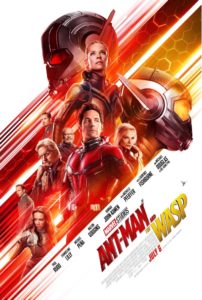 If there’s one thing that Marvel Studios does best, it is taking some of the lesser-known heroes from Marvel Comics and making them household names via the Marvel Cinematic Universe. In fact, the MCU began with what was thought of at the time as a B-list hero: Iron Man. And one of the best conversions to stardom was Ant-Man, who made his cinematic debut in 2015.
If there’s one thing that Marvel Studios does best, it is taking some of the lesser-known heroes from Marvel Comics and making them household names via the Marvel Cinematic Universe. In fact, the MCU began with what was thought of at the time as a B-list hero: Iron Man. And one of the best conversions to stardom was Ant-Man, who made his cinematic debut in 2015.
The adventures of the tiniest Avenger continue with Ant-Man and the Wasp. This film captured more of the fun tone of the first film and brought even more “wow” moments to the table. Director Peyton Reed returns with more exciting action and funny character scenes, making this film head-over-heels better than the first Ant-Man film (which I also enjoyed). The sequel was clever and light in its execution, which also contributed to some frustrating leaps in logic.
Still, Ant-Man and the Wasp is a welcomed addition to the MCU. And it was an ingenious move of Marvel to place this film on the release docket right after Avengers: Infinity War. The former brings some desperately-needed levity back to the MCU after the very heavy and dark events of the latter.
SPOILERS AHEAD
The Good: Lighter Marvel
Though it was written by five people (which is very rarely a good sign), Ant-Man and the Wasp is a very funny movie. The comedy works so well – smoother, less awkward and stilted than the first film. All the jokes landed and several genuinely made me laugh out loud in the theater. The running gags were also clever and funny, with subtle set-ups and big payoffs. My favorite being the “truth serum” debate.
The lead trio (Paul Rudd, Evangeline Lilly, and Michael Douglas) have really grown into their characters. Rudd and Lilly particularly seem a lot more comfortable alone and together. But the script also gave all of the side characters their own shining moment, and all the actors deliver great performances to match. Each one is charming and funny, especially Luis (the excellent Michael Pena) and the rest of Scott Lang’s posse.
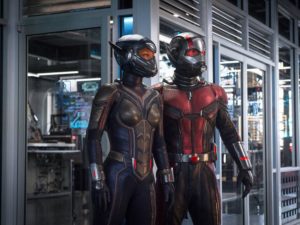 I loved the costume design for the Wasp. There are homages to the original suit from the comics in the design, but less fanciful and more functional. The suit is also distinctly feminine, with graceful, dynamic lines – like a ballerina with blasters. It was an excellent compliment to the Ant-Man suit, as they both looked like they came from the same designer (some costumes have a problem with this most basic of concepts).
I loved the costume design for the Wasp. There are homages to the original suit from the comics in the design, but less fanciful and more functional. The suit is also distinctly feminine, with graceful, dynamic lines – like a ballerina with blasters. It was an excellent compliment to the Ant-Man suit, as they both looked like they came from the same designer (some costumes have a problem with this most basic of concepts).
My favorite aspect of this film was the action. Peyton Reed has really grown as a filmmaker with these action scenes and really gets to open up and play around with the entire sizing conceit of the Pym tech. The first fight with both Ant-Man and the Wasp was wonderful, as the latter shrinks and grows with power and grace.
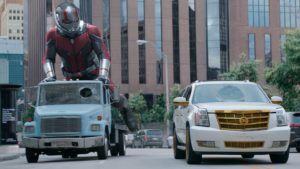 The shrinking/enlarging chase through San Francisco was amazing – one of my favorite action sequences in all the MCU films. It’s a brilliant three-party chase through the streets with almost constant, exciting twists and turnovers. Seeing a gigantic Hello Kitty Pez dispenser knock down a pursuing motorcycle just crystallizes the entire tone of the film.
The shrinking/enlarging chase through San Francisco was amazing – one of my favorite action sequences in all the MCU films. It’s a brilliant three-party chase through the streets with almost constant, exciting twists and turnovers. Seeing a gigantic Hello Kitty Pez dispenser knock down a pursuing motorcycle just crystallizes the entire tone of the film.
The Bad: Because…Script
While I did enjoy this film thoroughly, several things started to annoyingly pick at my enjoyment like a bunch of tiny annoying needles. They all stemmed from the script’s biggest flaw: things just seemed to happen because the script dictated, which was a little beyond my suspension of disbelief at times. There were a lot of questions left unanswered or not explained very well.
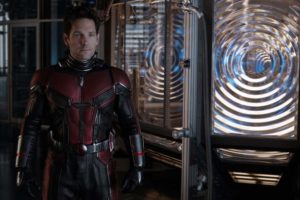 The head-scratcher right off the bat was the lazy explanation about what happened after Captain America: Civil War. Last we saw Scott Lang, he was being held on The Raft and sprung by Captain America. How did he get from a floating prison to a deal with the FBI? And since when does the FBI enforce a global treaty?
The head-scratcher right off the bat was the lazy explanation about what happened after Captain America: Civil War. Last we saw Scott Lang, he was being held on The Raft and sprung by Captain America. How did he get from a floating prison to a deal with the FBI? And since when does the FBI enforce a global treaty?
The movie’s pacing ran at a clip and sometimes was the victim of some illogical time-crunching. Before her first onscreen battle as the Wasp, Hope seemed to change in a matter of seconds into what looked like a very complicated suit (same for Scott as well). There was a lot of that going on as if the film’s momentum couldn’t stop to breathe. Even Scott quipped, “How did he even have time to buy a ticket?” when Sonny Burch got on a boat within seconds of screentime.
One of the biggest things that bothered me was the logic of the miniature building. It’s a pretty cool concept, but how did the building get the power to run the quantum generator? They’re in the woods at one point, a place with little-to-no power. And how did Scott, Hope, and Hank escape the building but Ava remained trapped inside?
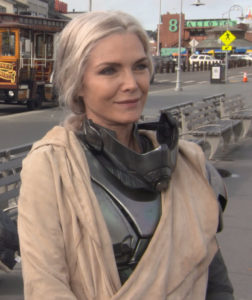 Lastly, the whole subplot concerning the original Wasp, Janet Van Dyne (as well as the character herself), was weak and illogically constructed (though played very well by Michelle Pfeiffer). How did she survive three decades in the quantum realm without food or water? She wasn’t in a state of suspended animation (she clearly aged), so she had to have sustained herself in some way. Where did she get her tattered clothing? There’s no fabric store in the quantum realm. And Janet had “magical” powers that were not well defined or explained which helped the main villain in the exact way they needed. It was a series of “come-on” moments.
Lastly, the whole subplot concerning the original Wasp, Janet Van Dyne (as well as the character herself), was weak and illogically constructed (though played very well by Michelle Pfeiffer). How did she survive three decades in the quantum realm without food or water? She wasn’t in a state of suspended animation (she clearly aged), so she had to have sustained herself in some way. Where did she get her tattered clothing? There’s no fabric store in the quantum realm. And Janet had “magical” powers that were not well defined or explained which helped the main villain in the exact way they needed. It was a series of “come-on” moments.
The Right Partner
Cassie Lang: “Maybe you just need someone watching your back, like a partner.”
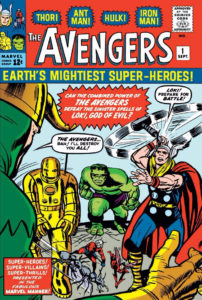 Since their appearance in The Avengers‘ first comic issue in 1963, Ant-Man and the Wasp (Hank Pym and Janet Van Dyne) have always been a duo, a team, a partnership (in fact, it was Janet who named the Avengers). Not only were they partners in superhero work, but they were also partners in the science lab as well as in life as husband and wife. This film took advantage of this strong history by focusing its theme on the importance of a true partnership.
Since their appearance in The Avengers‘ first comic issue in 1963, Ant-Man and the Wasp (Hank Pym and Janet Van Dyne) have always been a duo, a team, a partnership (in fact, it was Janet who named the Avengers). Not only were they partners in superhero work, but they were also partners in the science lab as well as in life as husband and wife. This film took advantage of this strong history by focusing its theme on the importance of a true partnership.
The film examines what it means to be a partner in many senses of the word. There are partnerships in varying stages of life throughout the film: Hank Pym and Bill Foster are estranged scientific partners. Bill and Ava Starr (Ghost) were partners in crime. Even Scott Lang and Luis were partners in their security business.
But, of course, the main partnership at the center of the story is that of Scott Lang and Hope Van Dyne. It’s the title of the movie. Partnerships are based on mutual trust and a shared goal in the most legalistic terms. But there is something special about the male/female dynamic put on display in Ant-Man and the Wasp.
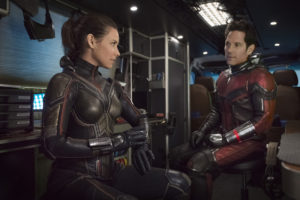 At the beginning of the film, Hope felt betrayed by Scott’s sudden departure to help Captain America. Which is why when she and Scott finally began fighting together, she felt like she didn’t need him. They ended up stepping over and undermining each other for a good portion of the film. But eventually, via her father’s insistence, Hope realized that she and Scott were more formidable together. That is the essence of a partnership – that two can accomplish more than one. However, they must both trust each other fully.
At the beginning of the film, Hope felt betrayed by Scott’s sudden departure to help Captain America. Which is why when she and Scott finally began fighting together, she felt like she didn’t need him. They ended up stepping over and undermining each other for a good portion of the film. But eventually, via her father’s insistence, Hope realized that she and Scott were more formidable together. That is the essence of a partnership – that two can accomplish more than one. However, they must both trust each other fully.
“Two are better than one because they have a good return for their labor: If either of them falls down, one can help the other up. But pity anyone who falls and has no one to help them up…Though one may be overpowered, two can defend themselves…” Ecclesiastes 4:9-10, 12 (NIV)
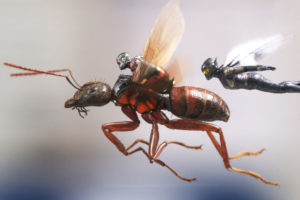 The most dynamic partnership in human life is the one found in a male/female relationship. God literally created the two sexes to complement each other – to perform tasks and roles the other could not. To become more together than the two sexes could alone. Scott and Hope learn to work in tandem with each other’s powers and abilities, filling in each other’s weaknesses, and supporting one another in adversity. The distinct masculine and feminine costume design of the titular characters really help bring this theme home.
The most dynamic partnership in human life is the one found in a male/female relationship. God literally created the two sexes to complement each other – to perform tasks and roles the other could not. To become more together than the two sexes could alone. Scott and Hope learn to work in tandem with each other’s powers and abilities, filling in each other’s weaknesses, and supporting one another in adversity. The distinct masculine and feminine costume design of the titular characters really help bring this theme home.
“When God created mankind, He made them in the likeness of God. He created them male and female and blessed them…” Genesis 5:1-2
That is how the sexes are supposed to work together. I think the evolving relationship between Ant-Man and the Wasp in this film might be a microcosm (if you’ll excuse the pun) of the dynamic between the sexes in popular society today. Today’s culture teaches women that “the future is female” – that the only way to empower women is to emasculate men. Third-wave feminism has turned the sexes against each other. It is only when men and women work together, complementing each other’s abilities and building each other up, that human civilization can reach its God-ordained potential.
The Last Word
Ant-Man and the Wasp was a fun time at the movies and more-than-worthy successor to the first Ant-Man. The new film took all the great, unique elements of its predecessor and refined them to an even more enjoyable state. Despite the sometimes rocky logic in its storytelling, I enjoyed the film very much.
The film also highlights the virtues of a true partnership. God made men and women out to be perfect partners – equal in standing and worth to Him, but different in function. They complement one another and fill in each other’s shortcomings. Together, men and women can accomplish more than they could alone. For they are God-given helpers – an Ant-Man for every Wasp, and vice-versa.


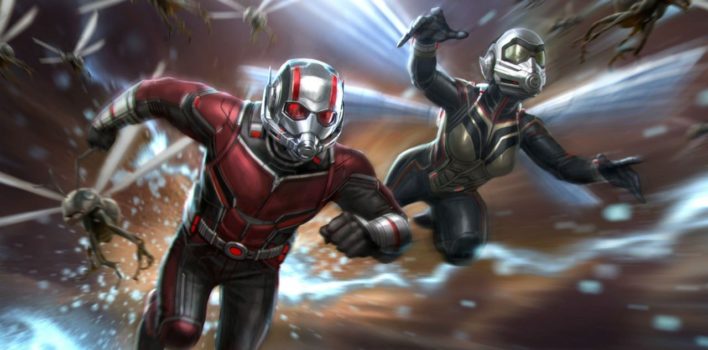
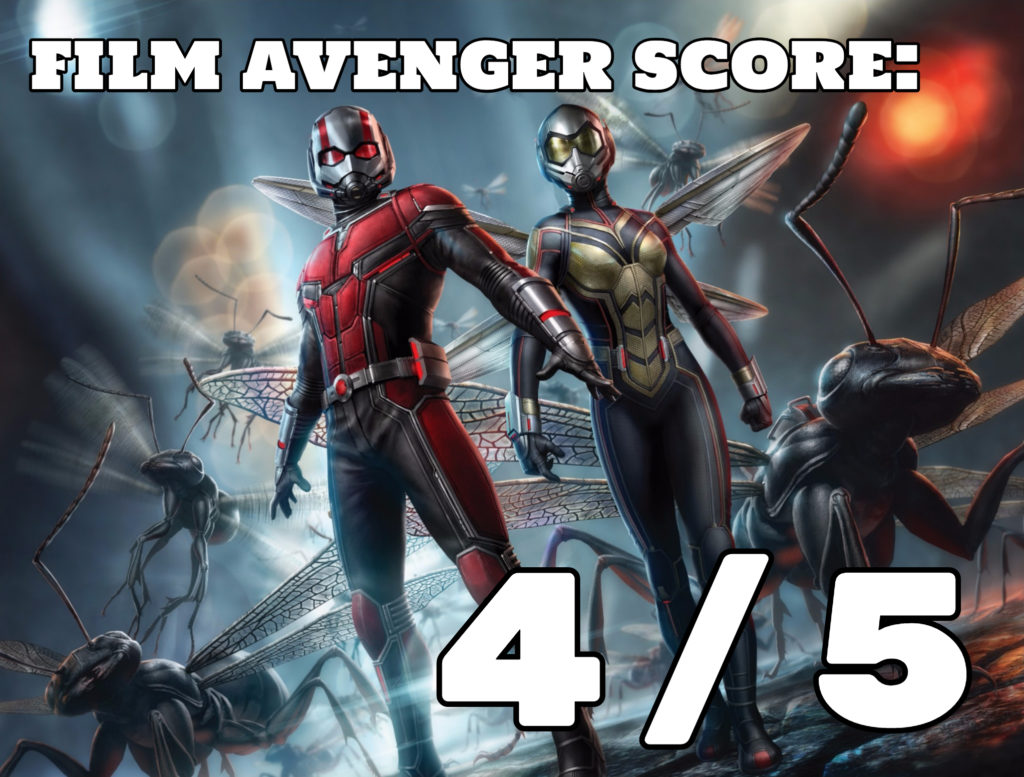
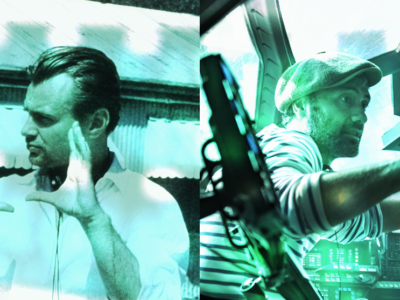
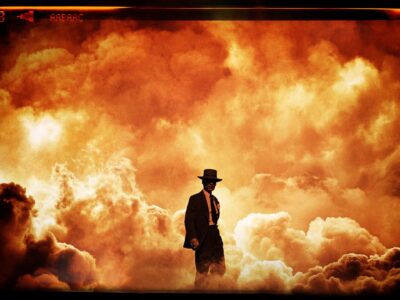
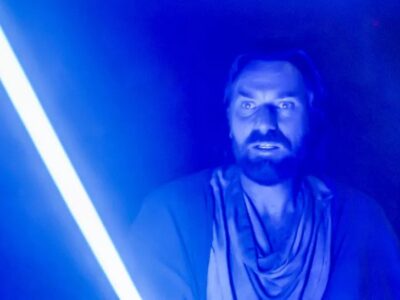


Pingback: #177 – Ant-Man and the Wasp and a Focus on Family | Reel World Theology